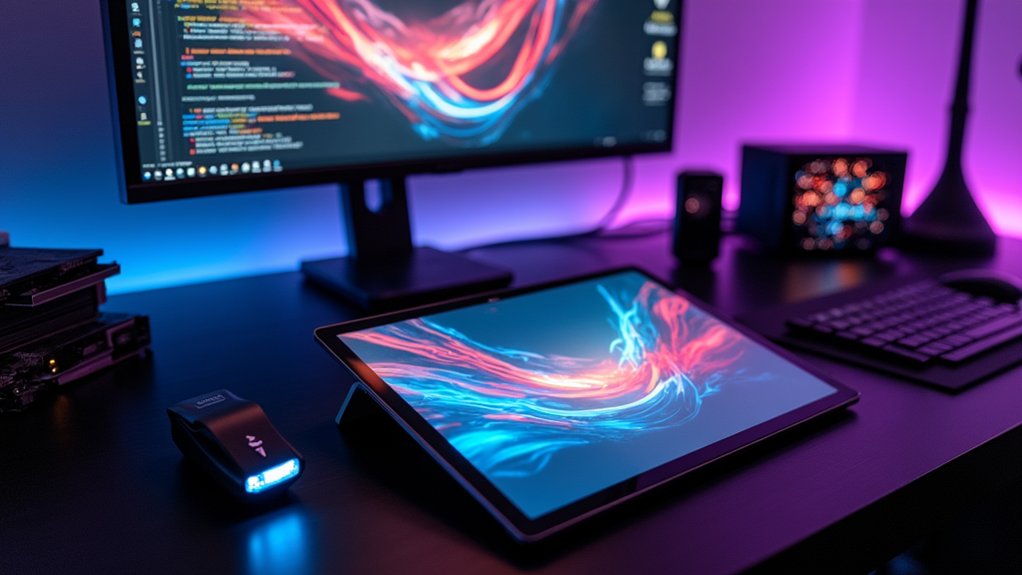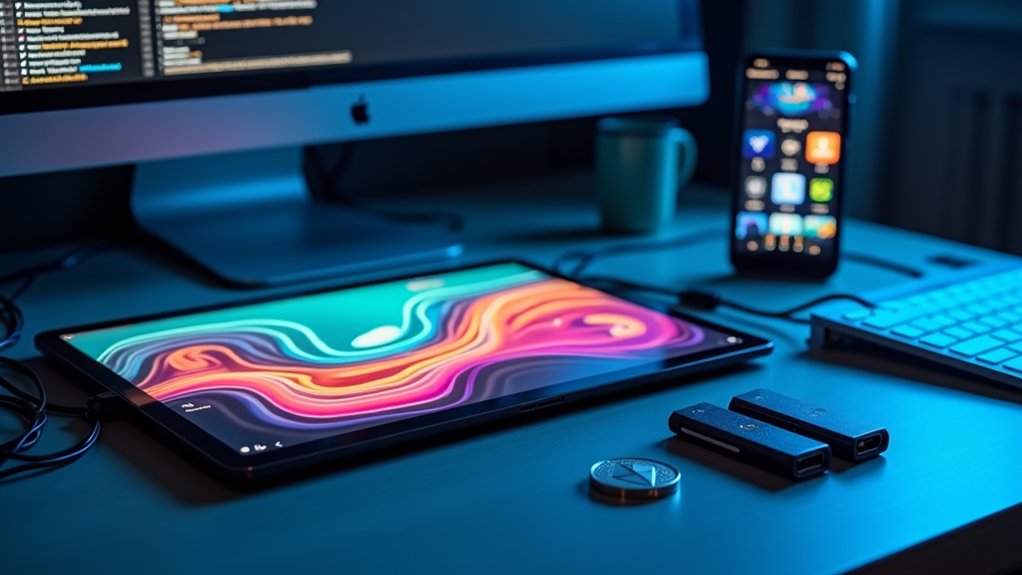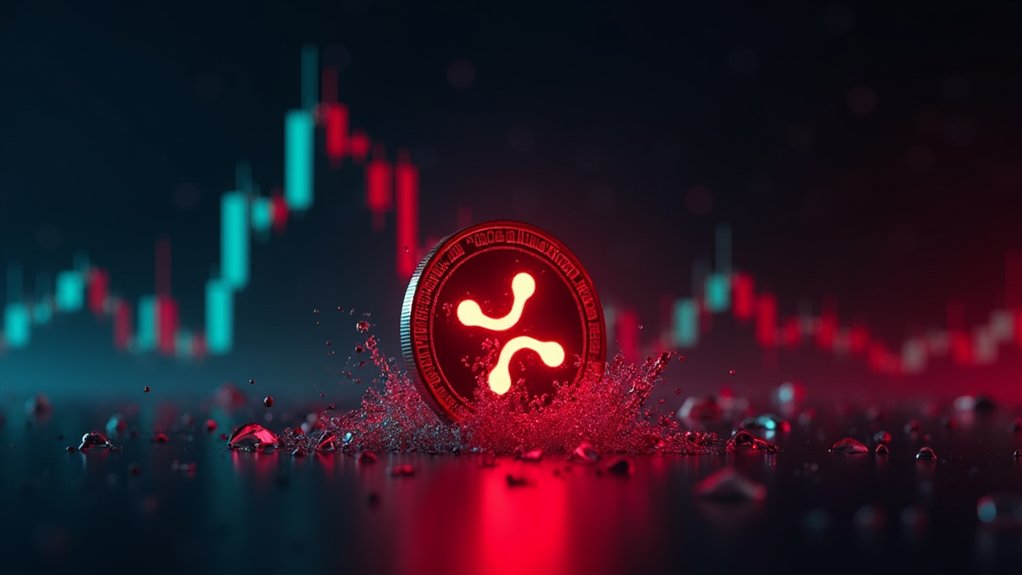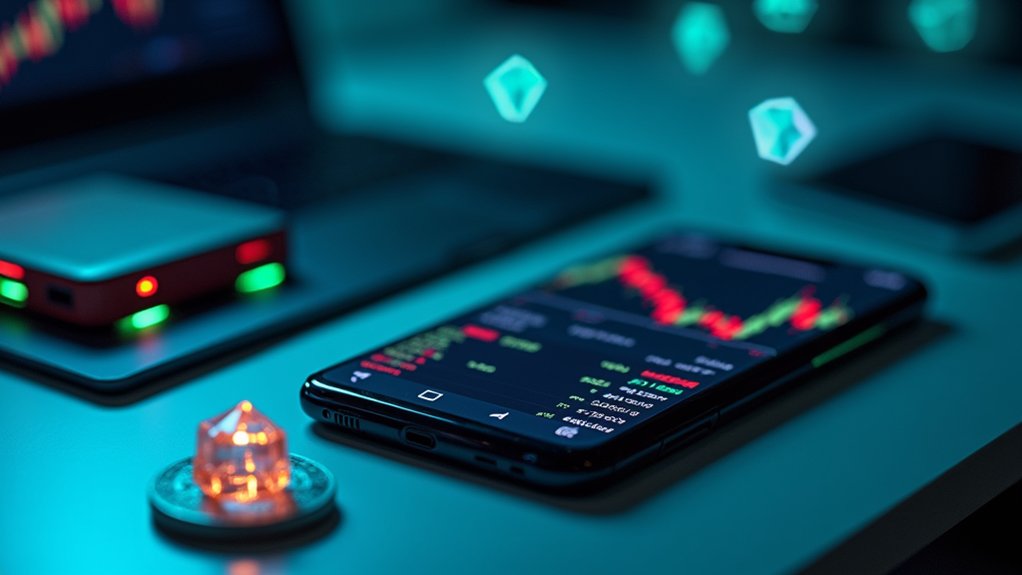Creating NFTs requires selecting a blockchain network (typically Ethereum, Polygon, or Binance Smart Chain), configuring a cryptocurrency wallet with sufficient funds for minting, choosing an appropriate marketplace platform like OpenSea or Rarible, preparing digital assets with complete metadata, and executing the minting process through platform-specific interfaces. Transaction costs vary considerably based on network congestion and chosen blockchain. The technical complexity of NFT creation diminishes with user-friendly platforms that streamline previously developer-intensive processes for creators entering the digital asset space.

While the non-fungible token market continues to develop within the broader cryptocurrency ecosystem, creating NFTs requires methodical preparation across multiple technical domains. Prospective creators must first select an appropriate blockchain network, with Ethereum maintaining dominance due to its established marketplace infrastructure and robust developer ecosystem, despite its potentially prohibitive gas fees.
Alternative networks like Polygon, Binance Smart Chain, and other EVM-compatible chains offer considerably reduced transaction costs, making them increasingly attractive for creators working with limited capital reserves or planning high-volume collections.
Cost-efficient chains like Polygon and BSC democratize NFT creation for capital-constrained artists and high-volume collection developers.
The implementation process necessitates a compatible cryptocurrency wallet, with MetaMask, Coinbase Wallet, and Trust Wallet representing the predominant options across major marketplaces. These wallets must be funded with the native currency of the selected blockchain—typically ETH for Ethereum or MATIC for Polygon—in quantities sufficient to cover both minting procedures and associated gas fees, which fluctuate based on network congestion.
Wallet configuration represents a critical security consideration, since private keys provide irrevocable transaction authorization capabilities.
Platform selection presents another strategic decision point, with OpenSea commanding substantial market share due to its multi-chain compatibility and support for various token standards, particularly ERC-1155 and ERC-721. Alternative platforms such as Rarible and Mintable offer differentiated feature sets, including community governance mechanisms and variable fee structures, which merit evaluation based on specific project requirements and economic constraints.
Asset preparation constitutes a fundamental requirement, requiring conversion of creative works into blockchain-compatible formats and implementation of proper metadata structures. NFTs created within the same collection must maintain consistent file types to ensure compatibility and marketplace functionality. NFT marketplaces commonly support digital art formats including images, audio, and video files that can be authenticated on the blockchain. Creators must standardize file types, host assets on distributed storage solutions like IPFS, and meticulously format descriptive data including traits, royalty parameters, and external reference links.
The actual minting process involves uploading prepared assets, configuring supply parameters, executing blockchain transactions, and managing post-deployment activities including marketplace listings and promotional distribution. Sophisticated creators frequently monitor contract verification status through blockchain explorers and analyze performance metrics to optimize future offerings in response to market trends.
Frequently Asked Questions
How Much Does It Cost to Mint an NFT?
Minting an NFT varies considerably in cost across blockchain networks, with Ethereum commanding $50-$500+ during peak congestion, while alternatives offer more economical options:
- Solana ($0.0081)
- Polygon ($0.003 for batches)
- BSC ($1.24)
- Cardano ($0.044-$0.39).
These expenses fluctuate based on gas fees, smart contract complexity, network timing, and file size.
Though strategies like lazy minting, off-peak timing, and utilizing alternative blockchains can greatly reduce costs for creators.
Can I Sell My NFT on Multiple Marketplaces Simultaneously?
Selling an identical NFT simultaneously on multiple marketplaces is technically impractical due to blockchain mechanics that require unique token ownership.
While collectors can transfer NFTs between platforms after purchase, concurrent multi-platform listings would necessitate creating duplicate tokens, potentially violating marketplace terms and diminishing perceived scarcity.
Instead, creators typically distribute different pieces across platforms or list sequentially, maintaining separate collections on each marketplace to optimize audience reach while preserving token uniqueness and collector trust.
What Happens if the Marketplace I Used Shuts Down?
When a marketplace shuts down, NFT ownership remains intact on the blockchain, though platform-specific data accessibility becomes the primary concern.
Assets stored on decentralized systems like IPFS or Arweave generally remain retrievable, whereas those dependent on centralized servers risk permanent loss.
Investors should regularly back up metadata, secure their seed phrases, and diversify holdings across multiple platforms to mitigate single-point failures, while verifying storage methods through blockchain explorers instead of relying on platform interfaces.
Are NFT Royalties Guaranteed on Secondary Sales?
NFT royalties are not guaranteed on secondary sales, despite EIP-2981 mechanisms. Their enforcement depends entirely on marketplace implementation, with several platforms like Yawww and SudoAMM opting out completely.
While smart contracts can specify royalty percentages (typically 5-10%), marketplaces may bypass these parameters without legal consequences.
The fragmented ecosystem lacks industry-wide standards, allowing buyers and sellers to circumvent royalty payments through non-compliant platforms or off-chain transactions, creating significant uncertainty for creators.
Can I Delete or Modify an NFT After Minting?
After minting, NFT modifications are constrained by blockchain architecture.
On-chain data, including the token's unique identifier and creator address, remains permanently immutable once committed to the blockchain.
However, off-chain metadata—like images, descriptions, and attributes stored via IPFS or other external services—can often be updated.
While NFTs may be "burned" (permanently removed from circulation through specialized transactions), this process typically requires owner authorization and platform-specific functionality, rendering complete deletion technically challenging.









